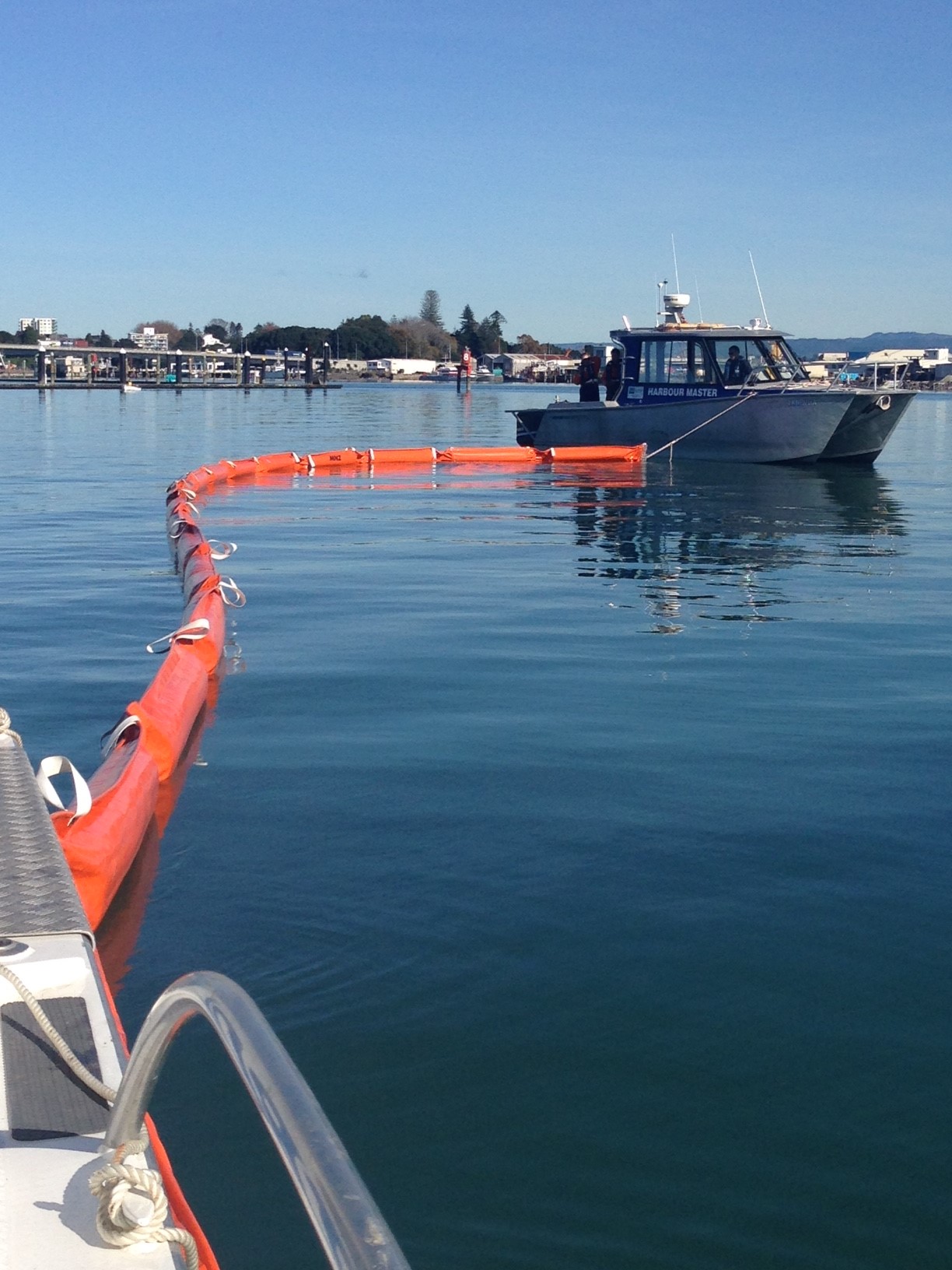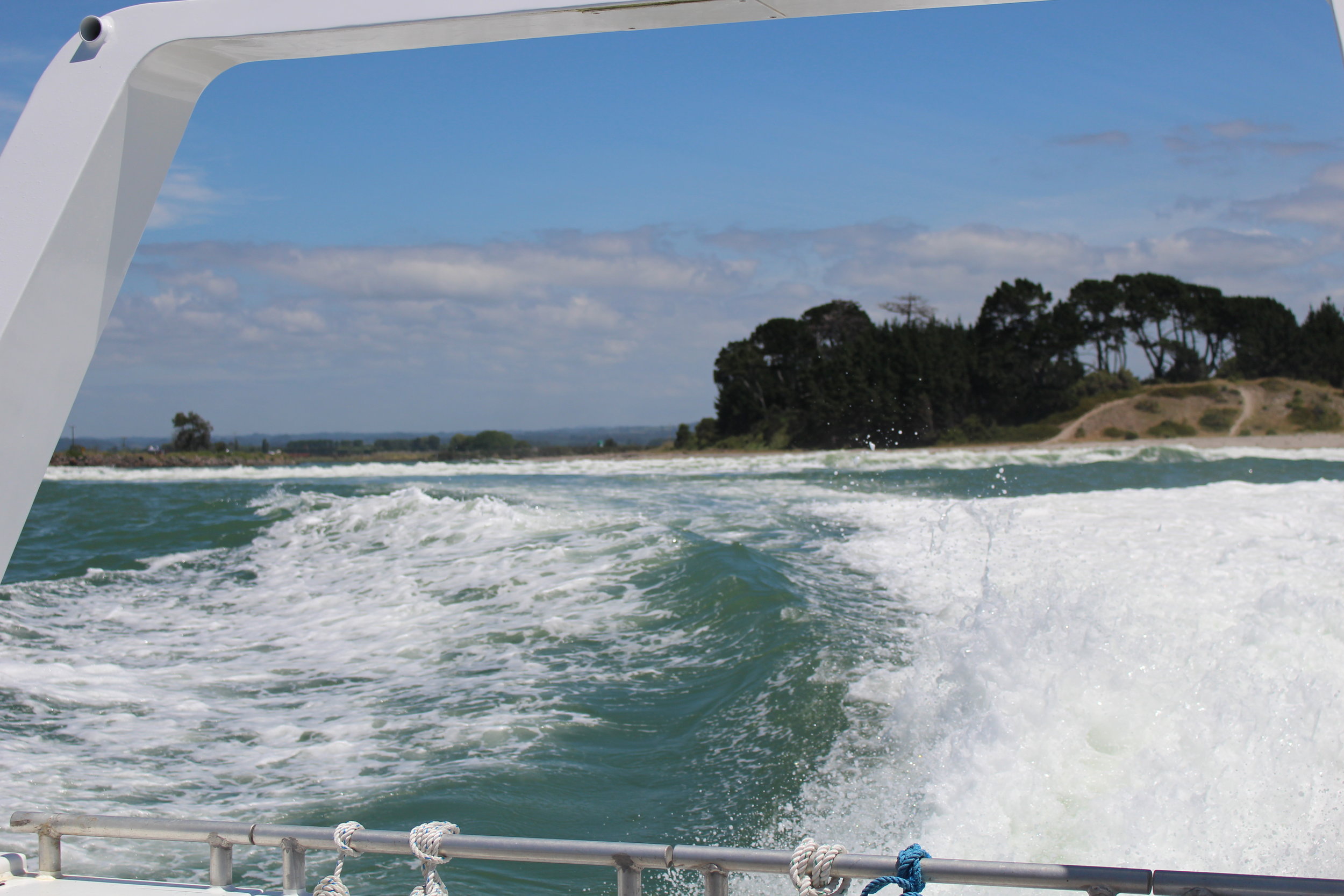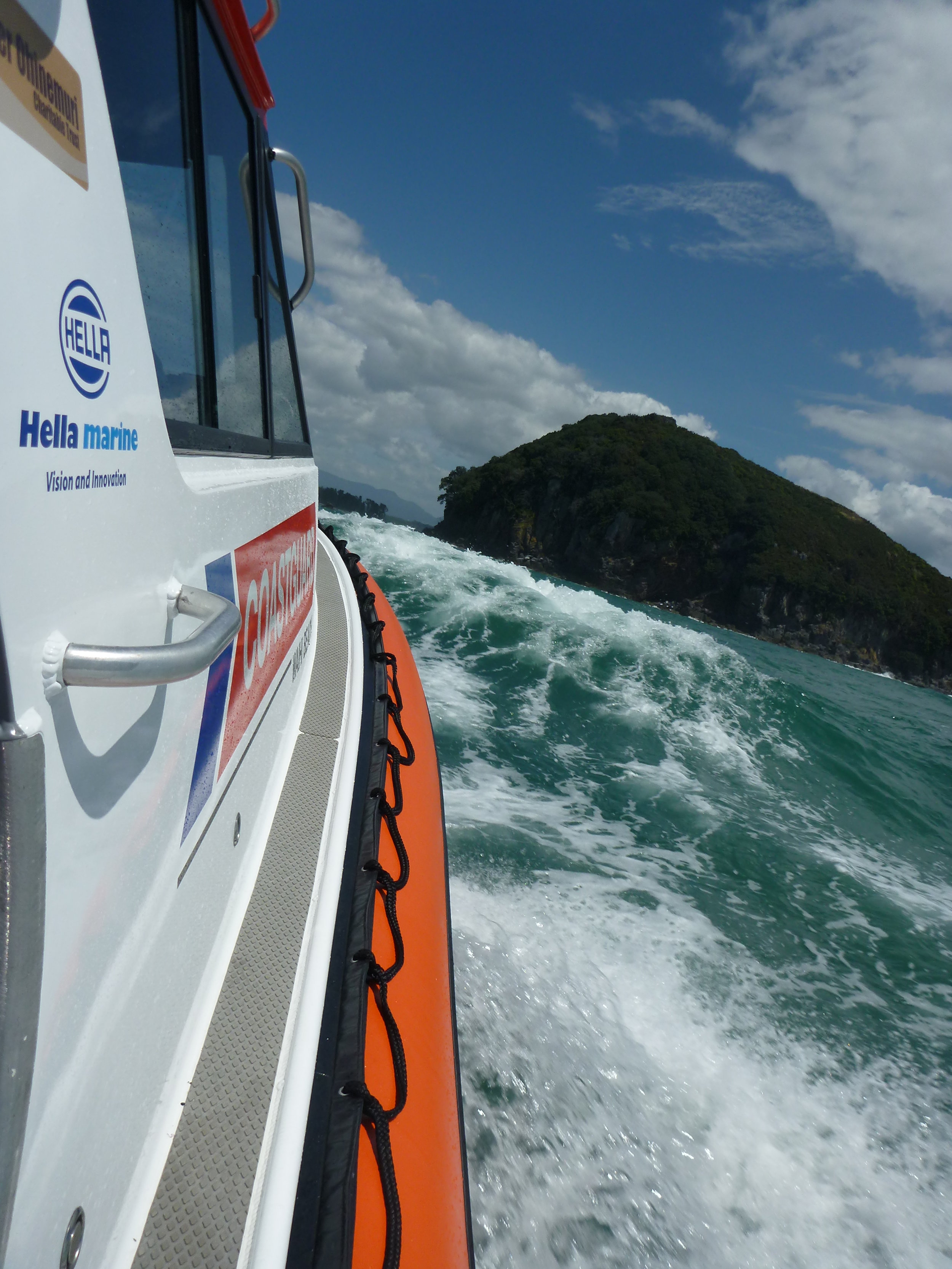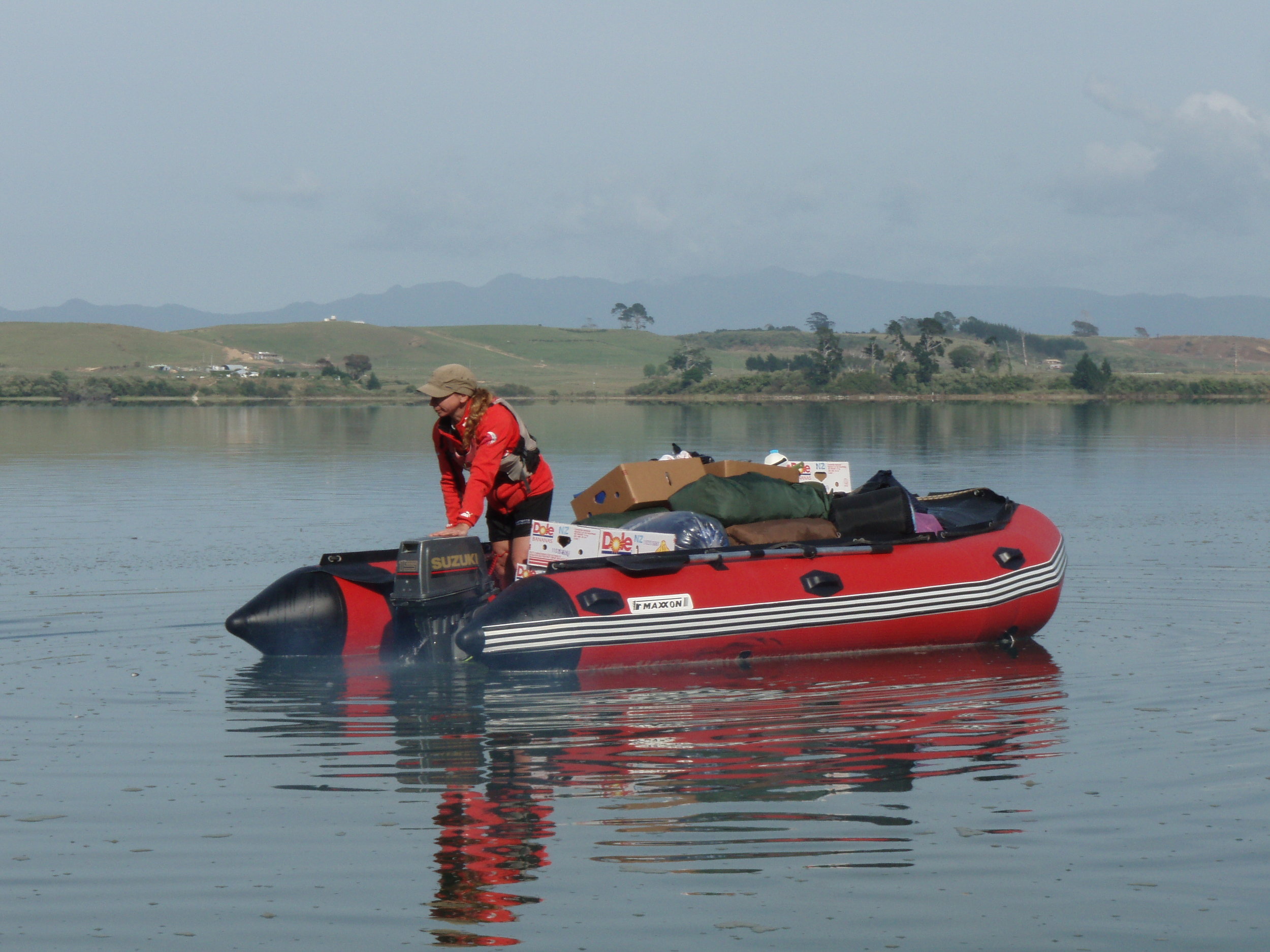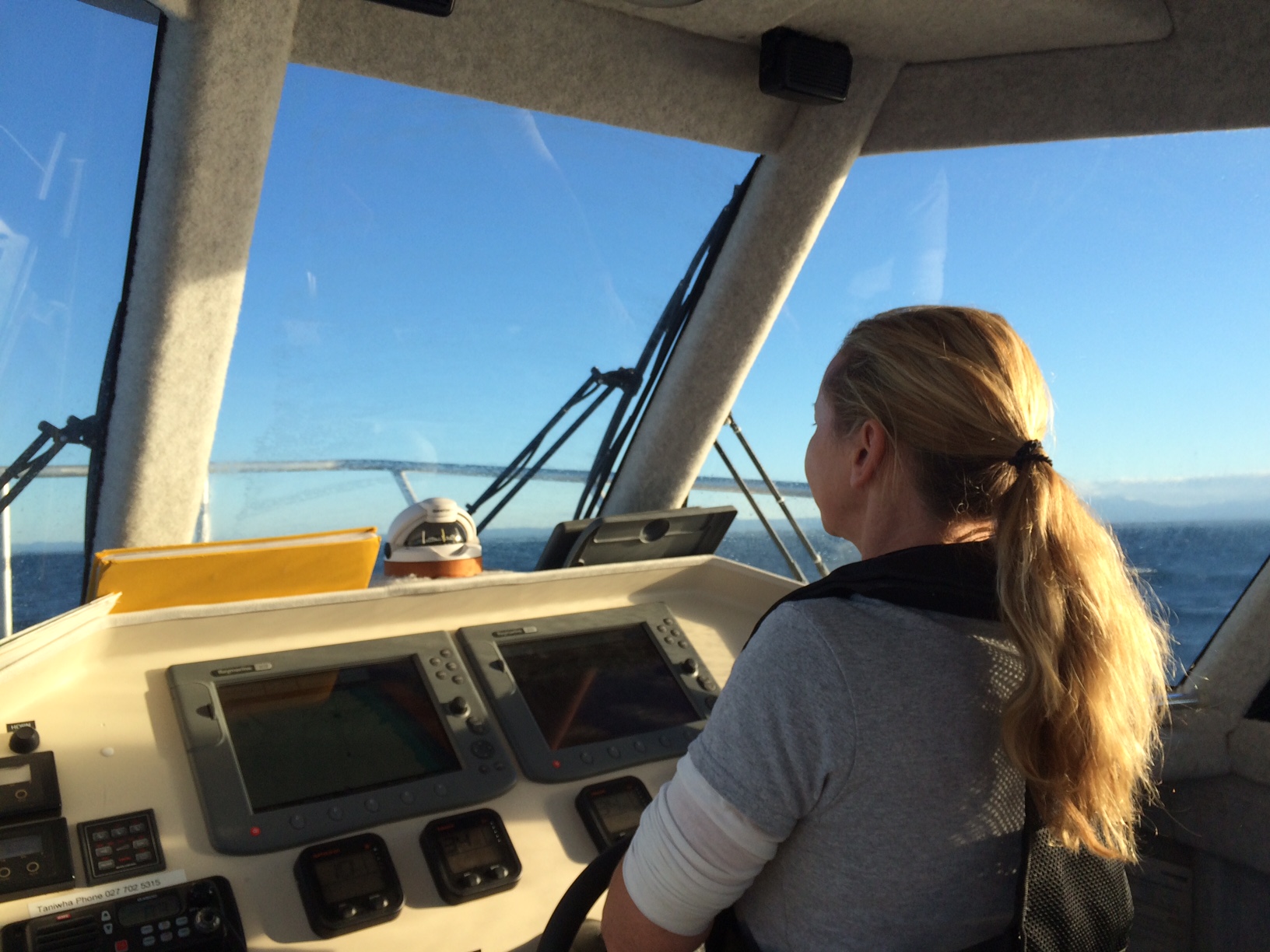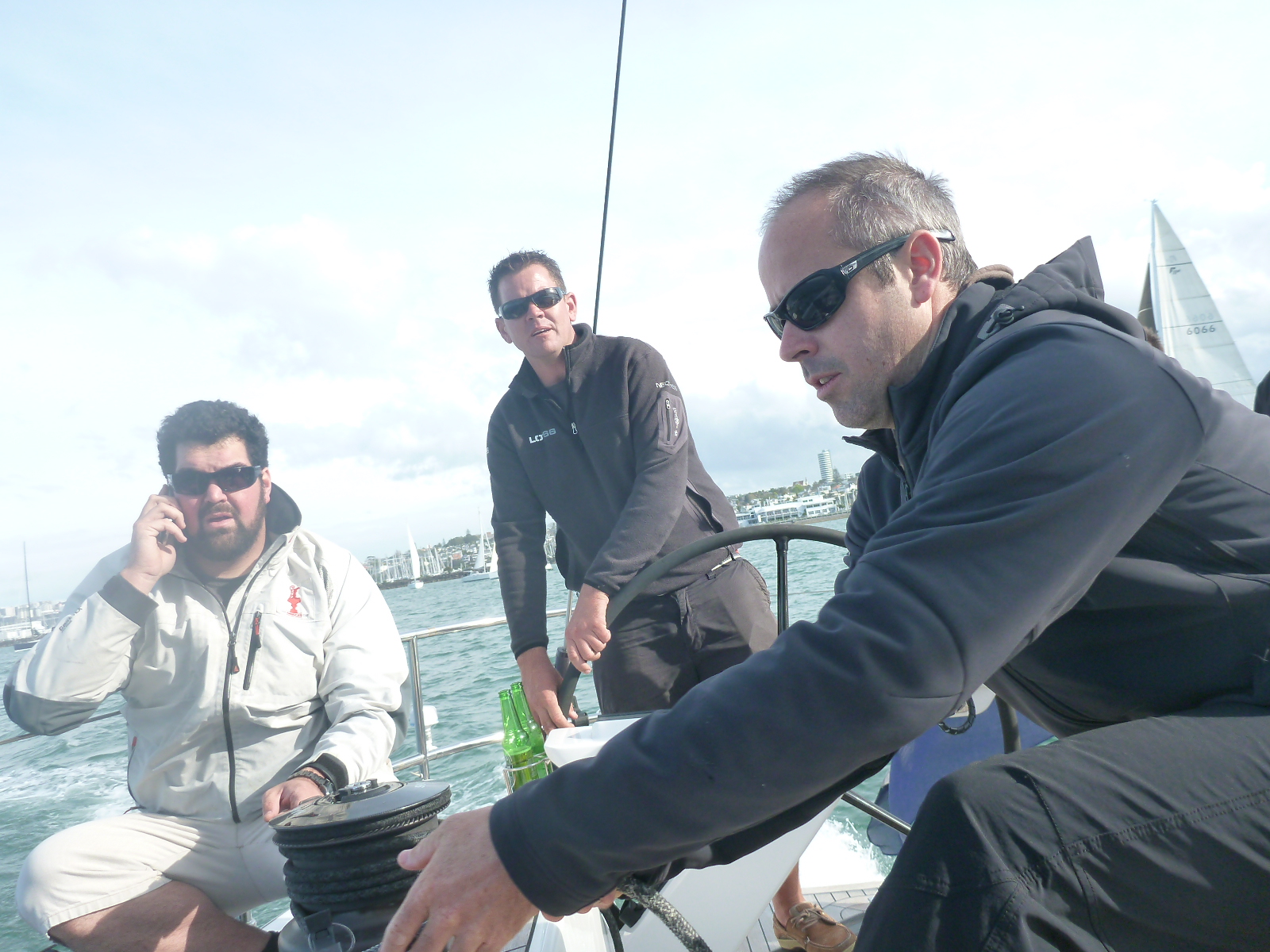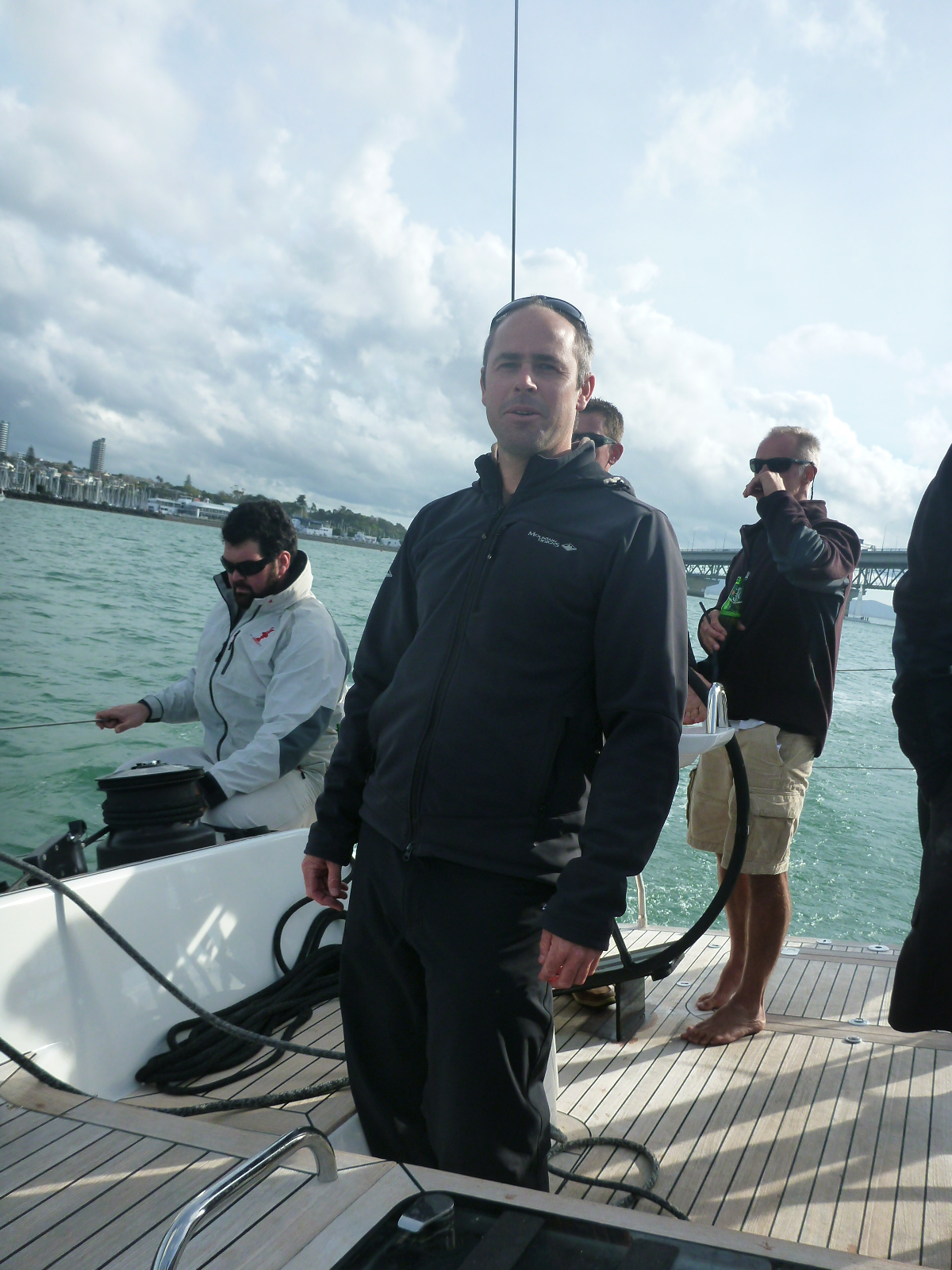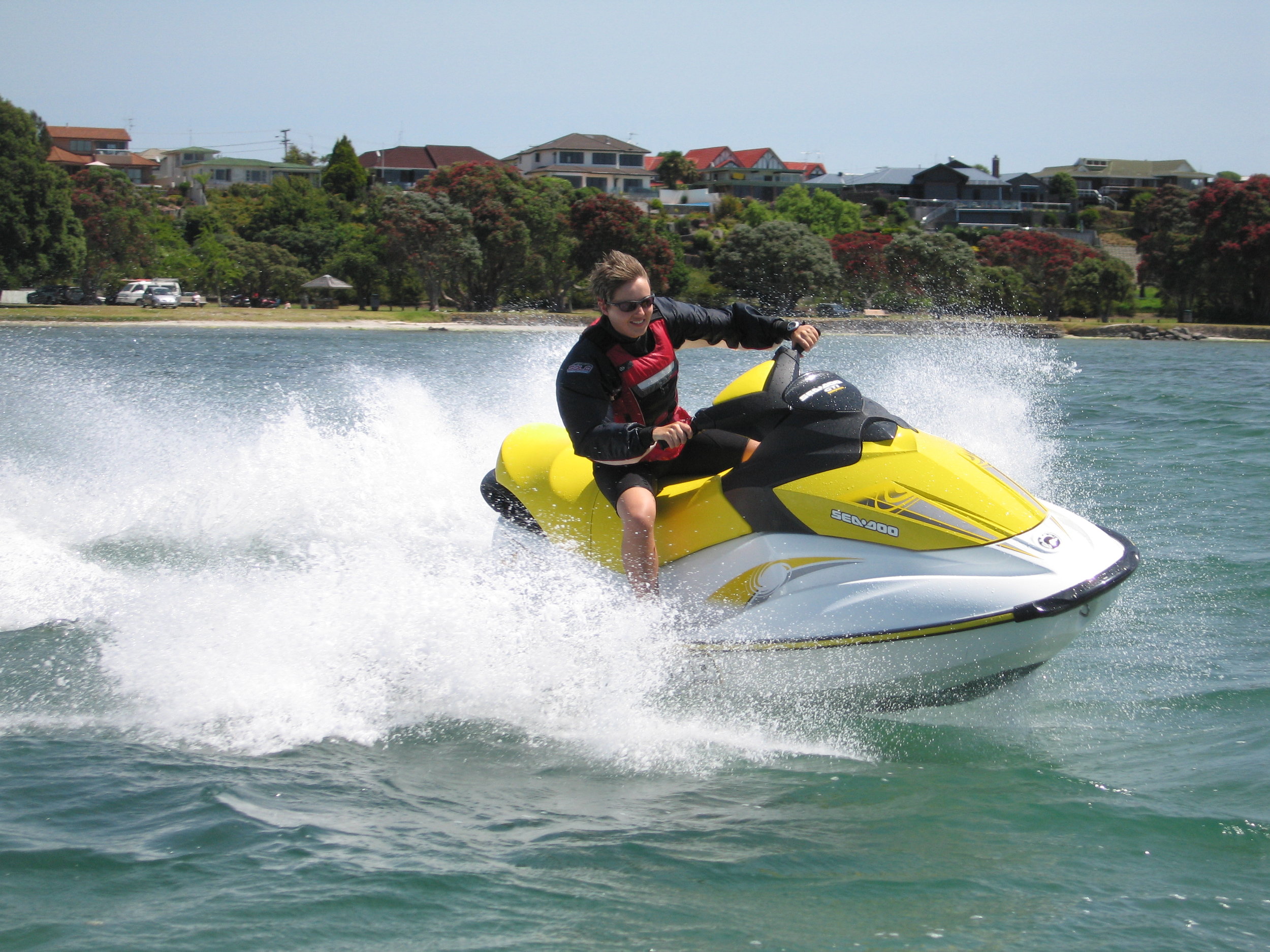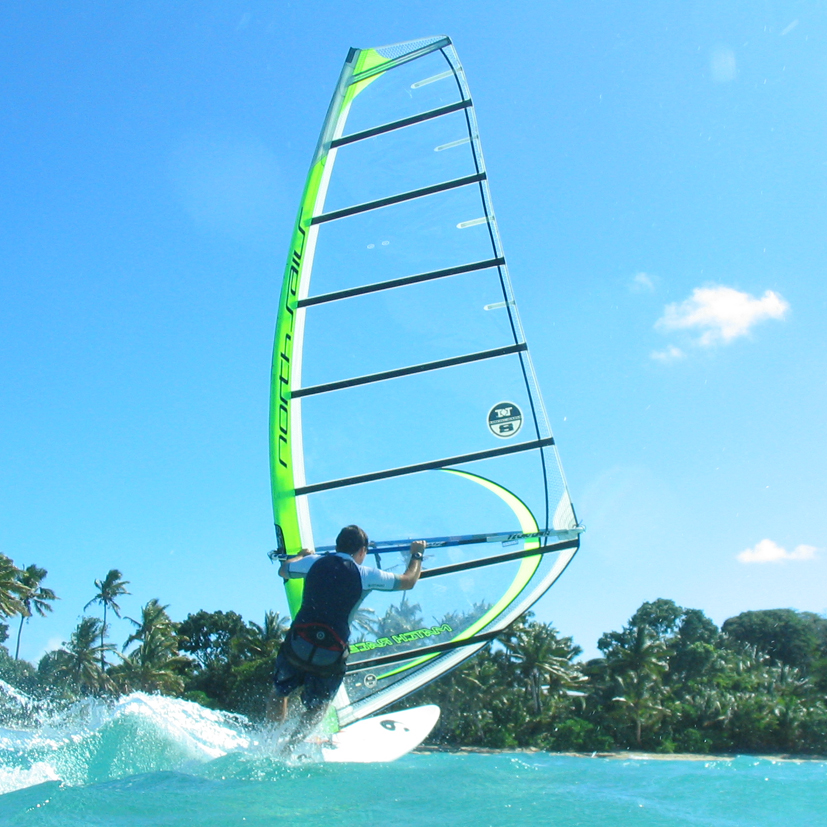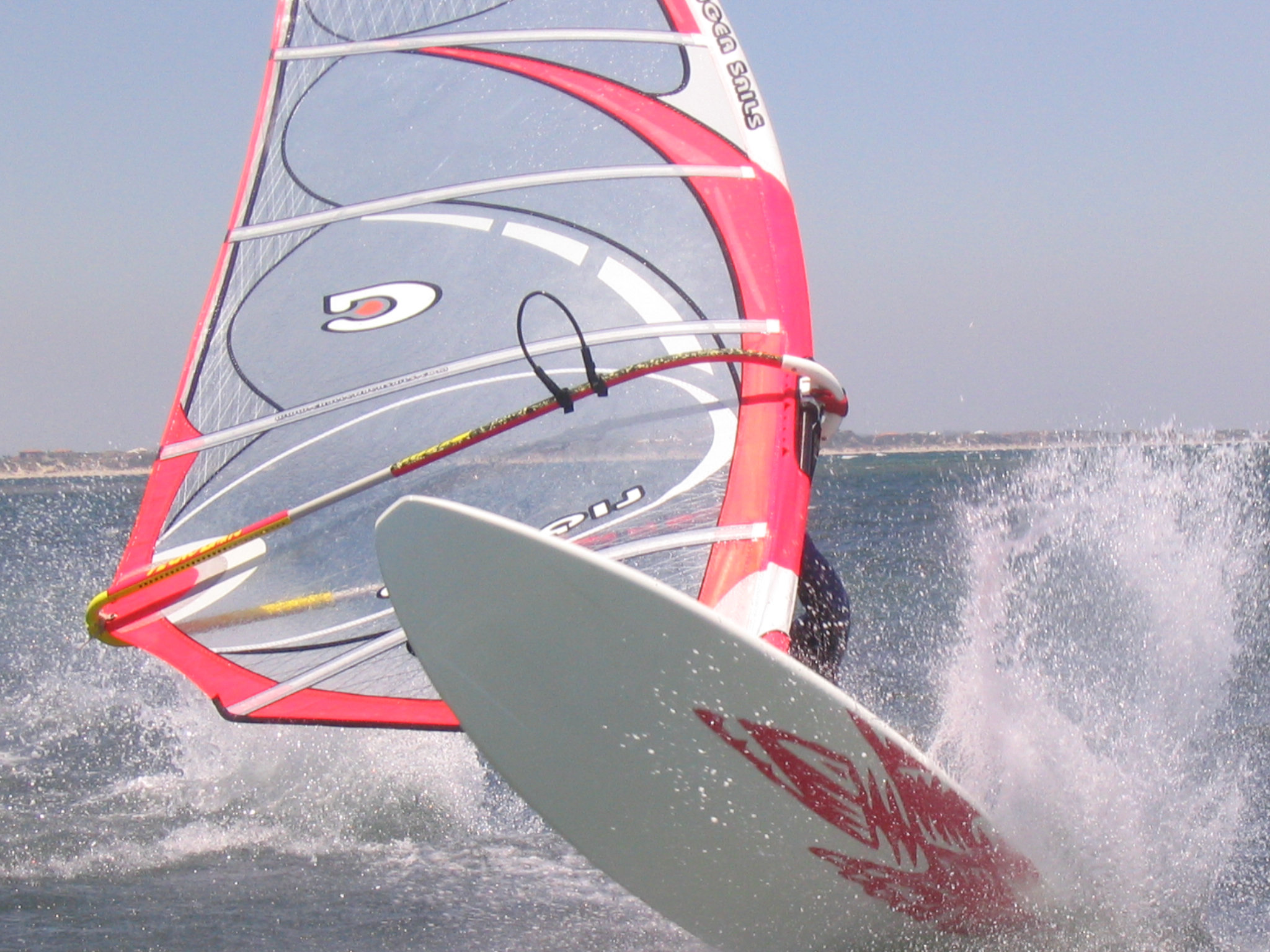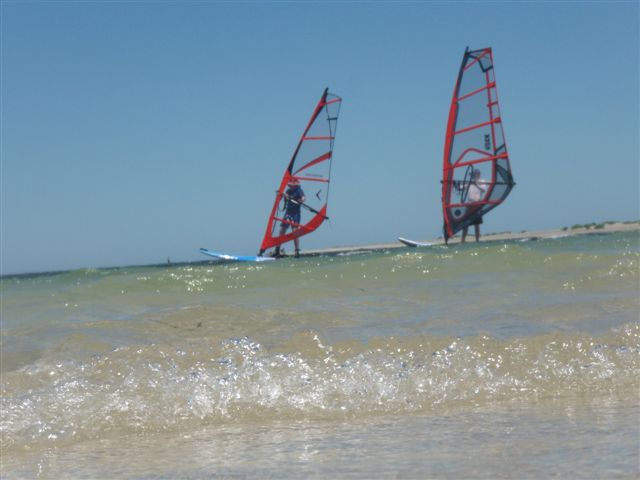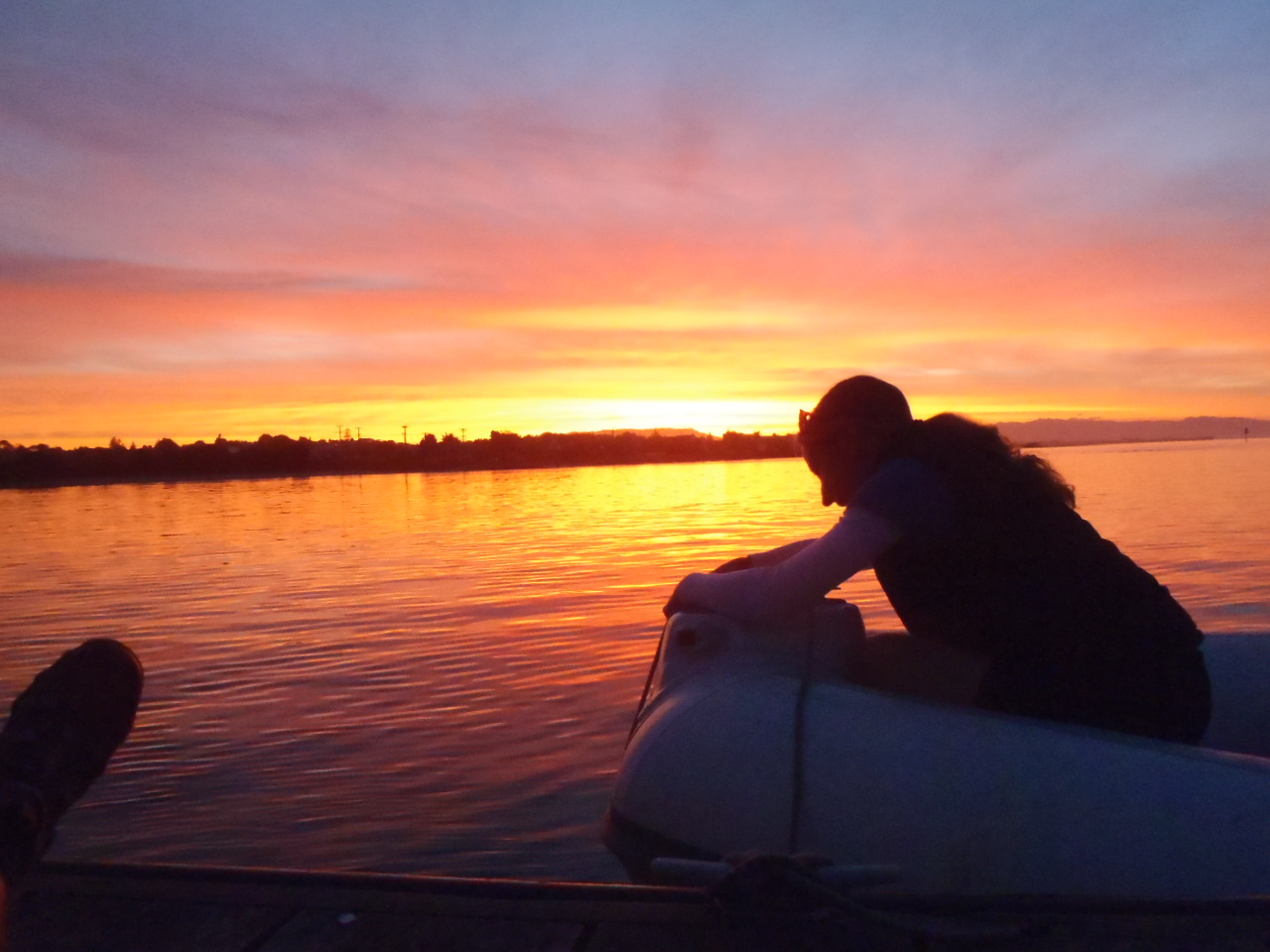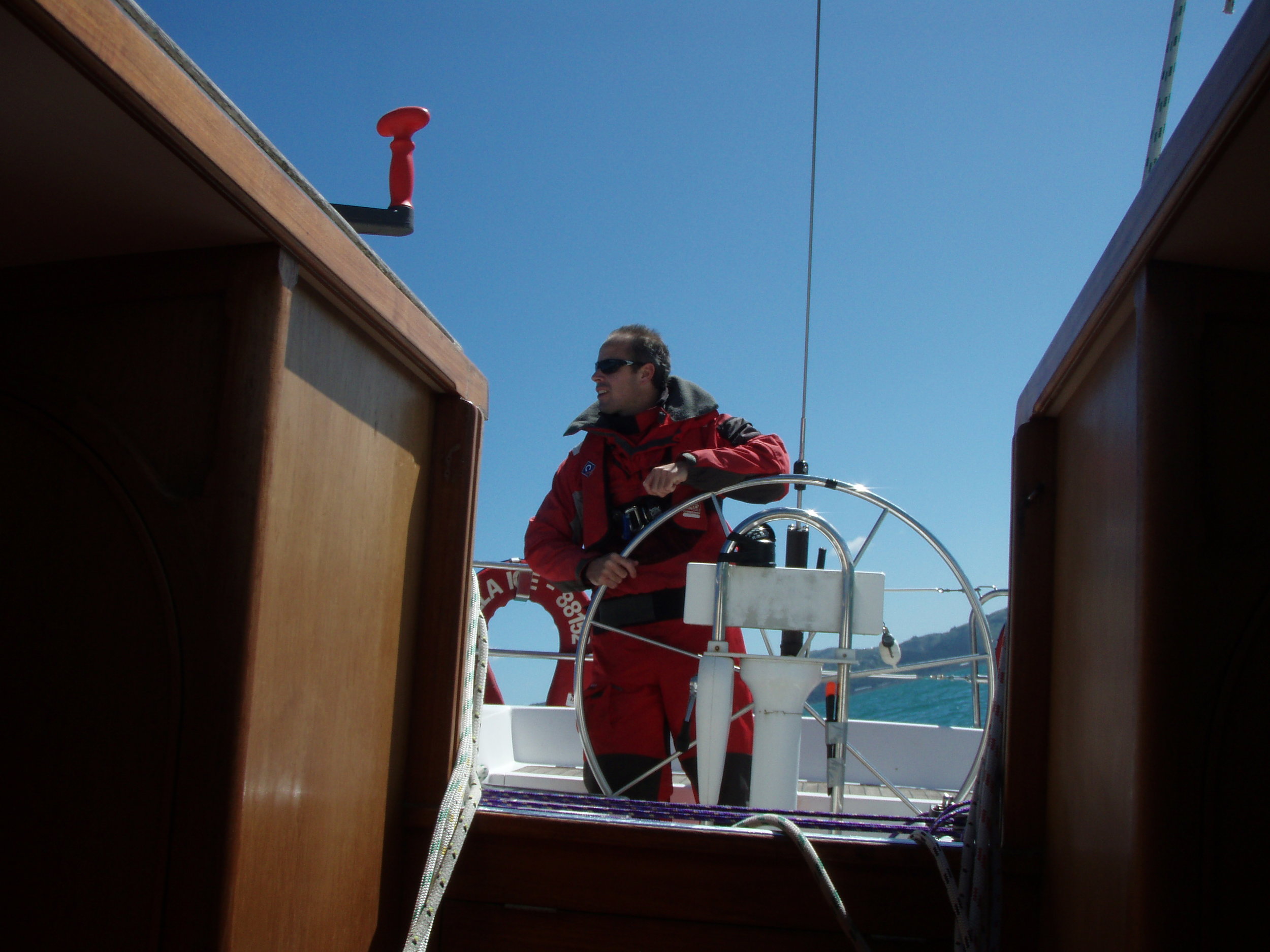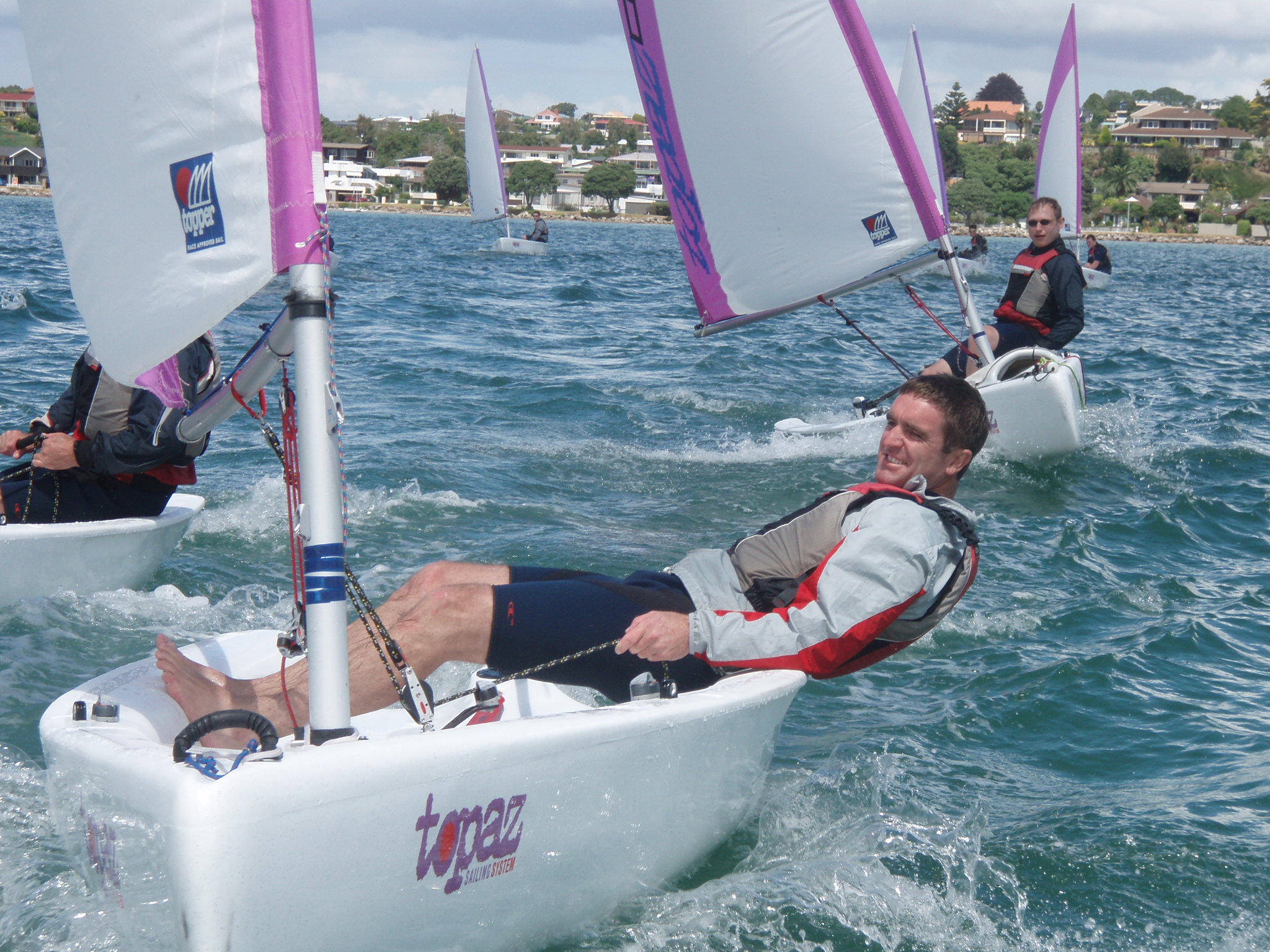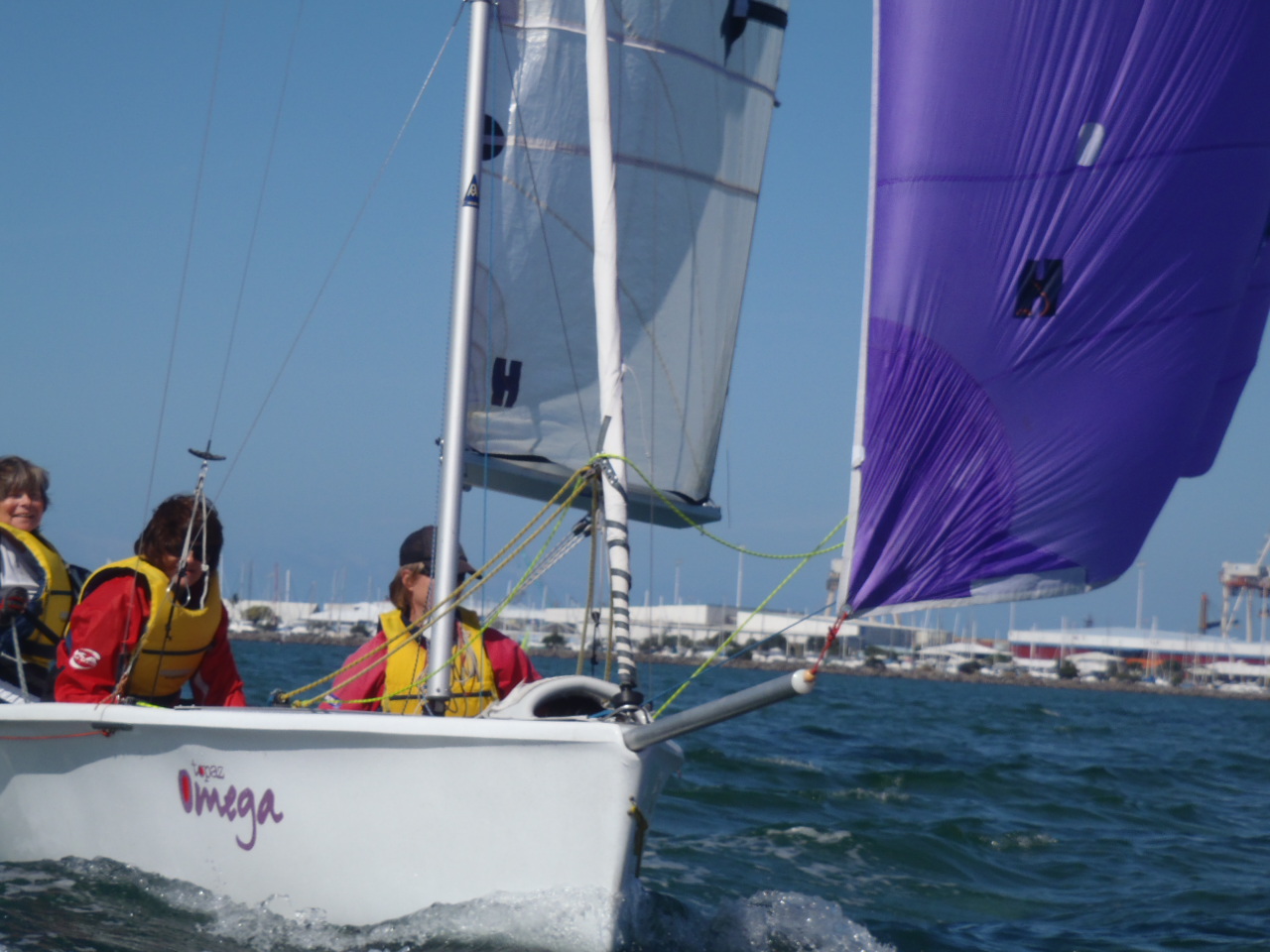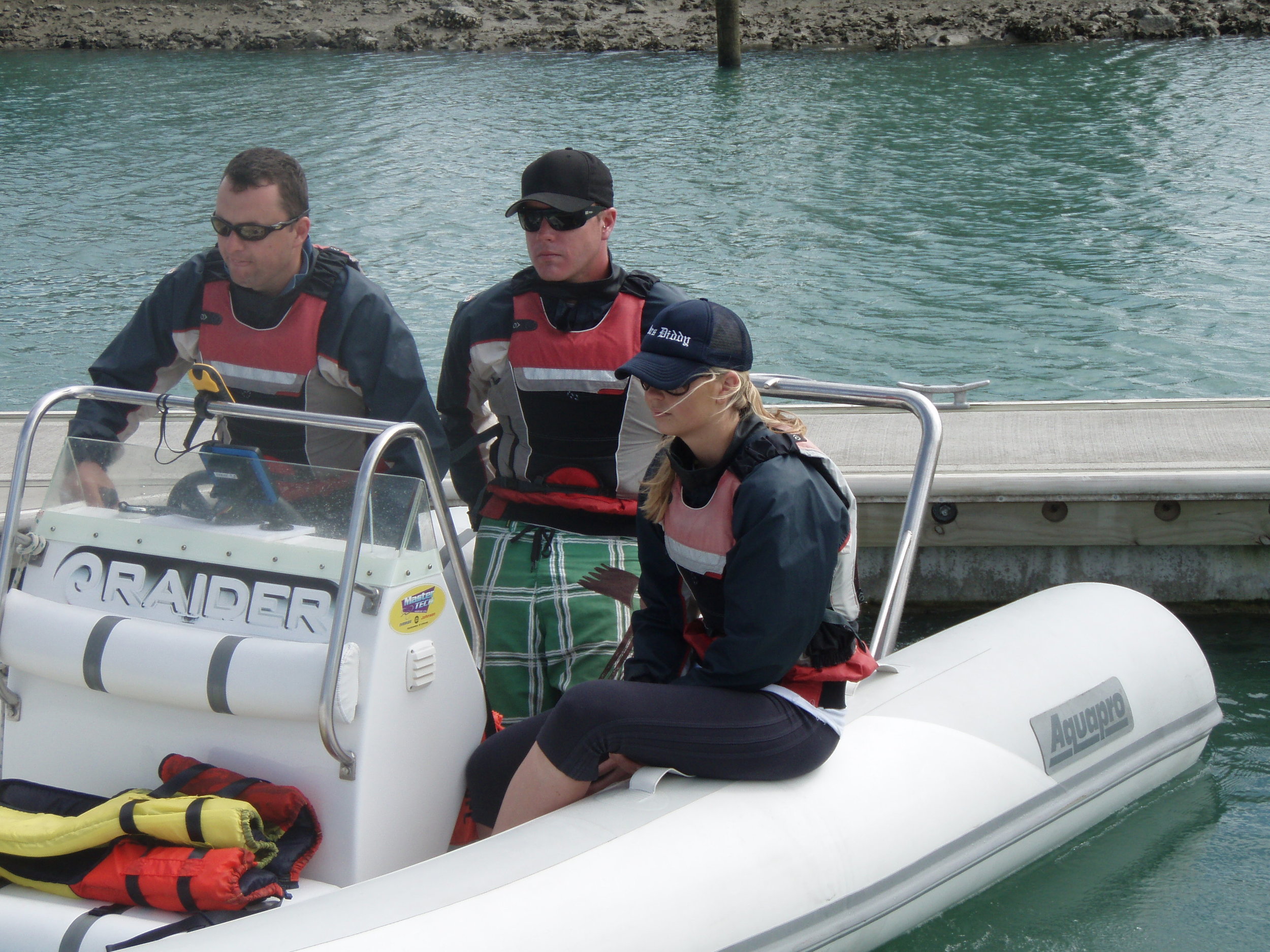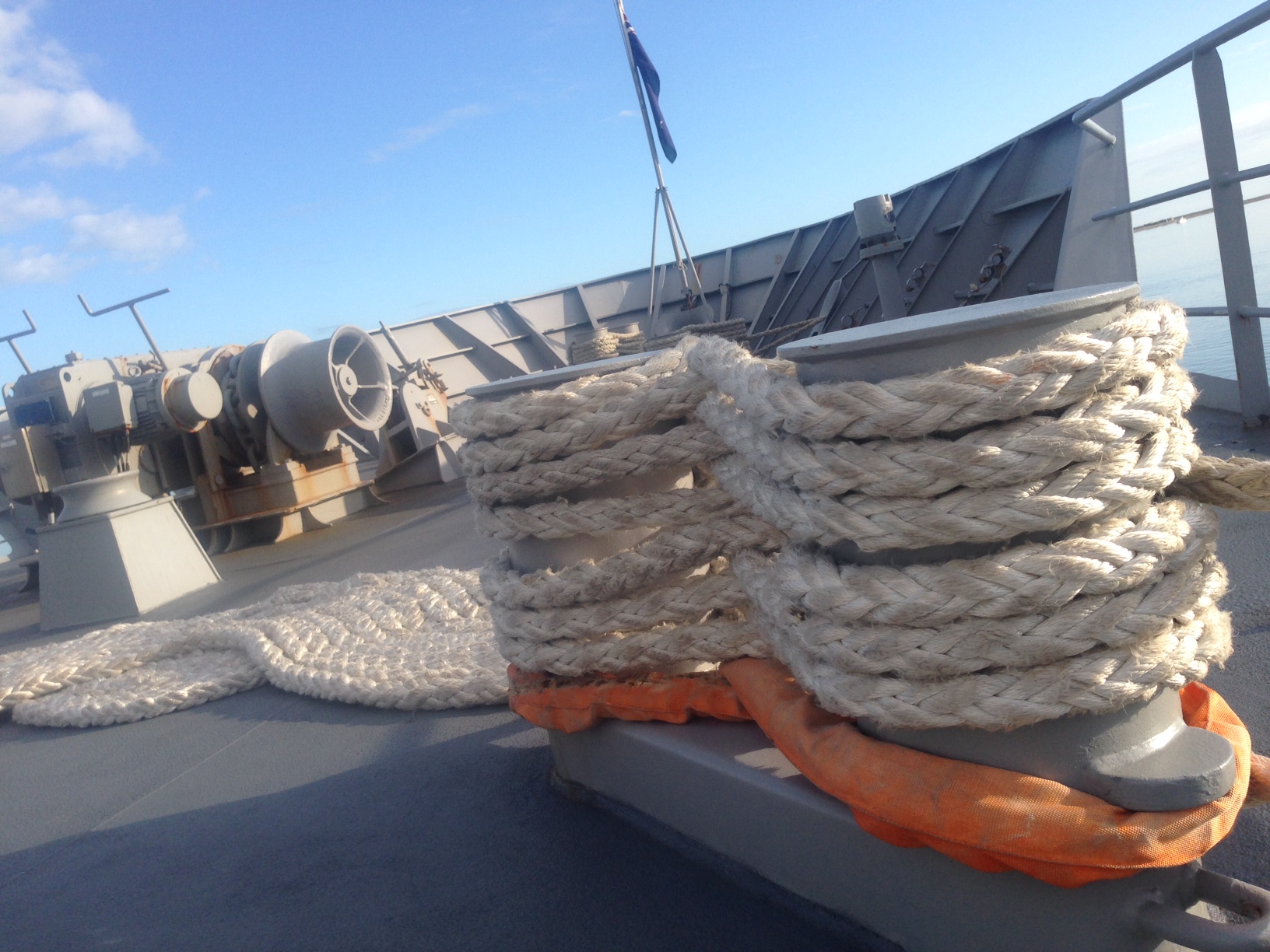5 minute briefing on med style briefing
/http://www.rya.org.uk/newsevents/enewsletters/Sportsboatsandribs/may12/Pages/FiveminutebriefingMedmooringsternto.aspx?utm_source=UpToSpeed&utm_medium=Email&utm_campaign=may12-uptospeed
You'll need to click on the link above to see all the pictures.
Five minute briefing - Med mooring stern-to
Top tips on stern-to mooring
Mediterranean mooring is usually stern-to and occasionally bows-to the quay. Boats usually moor stern-to the quay or pontoon for ease of access ashore; however when unsure of the depth, going bows-to will keep your drives in deeper water. Alongside berthing is normally only available at fuel or waiting pontoons.
Stern lines are used to stay close to the quay or pontoon, whilst either the anchor or a line from the bow holds the boat away. A passerelle or wooden plank, carried by the boat, is used to go ashore.
Lazy lines
Lazy lines are used in busy harbours and marinas where multiple anchors would become fouled. Instead of the anchor holding the bow away, the bow is connected to a heavy bow line, which is pre-attached to a concrete block on the seabed. The bow line is also attached to a lighter ‘lazy line’, which is led to the quayside/pontoon. The lazy line is retrieved from the wall and led to the bow and the heavier line hauled in and tied off.
The approach:
Rig up fenders on either side and at the stern.
Rig two stern lines - they should be long enough to go ashore and come back to the boat.
Reverse towards the quay/pontoon.
Connect windward stern line to quay/pontoon first (i).
Pick up the lazy line, lead it to the bow and tie off.
Connect second stern line.
Adjust bow and stern lines (ii).
(i) To hold the boat in position once the windward stern-line is attached use small nudges ahead on the leeward engine. If you have a single engine boat, turn the wheel to windward and use ‘ahead’ to keep the bow up to wind.
(ii) Often the stern lines are eased and the bow line is re-tightened, then the stern lines are hauled in taught. A tight bow line reduces the chance of the stern bashing the quay or pontoon. Springs which are diagonal lines from either quarter to the quay can stop the stern moving sideways.
Anchoring - stern-to
The approach:
Rig up fenders on both sides and a large fender on the stern.
Rig a stern line from both quarters.
Prepare the anchor to drop.
About four boat lengths away from the quay drop the anchor and ease out chain.
One boat length from the quay, stop easing the chain so that the anchor digs in. Be ready to ease out more chain if required.
Connect the windward stern line to shore, followed by the leeward stern line.
Once positioned the correct distance from the quay, take the strain up on the chain. To ensure the stern stays away from the quay/pontoon - often the stern lines are eased and the chain tightened, then the stern lines made taught again.
Crosswinds
In a crosswind it may be necessary to reverse into wind initially to get steerageway. When slightly upwind of the gap, drop the anchor and reverse into the space. Ensure the leeward side is well fendered in case you drift onto the downwind boat.
Onshore wind
If the wind is on the bow, treat the stern-to mooring as a normal anchoring exercise. Drop the anchor four-boat lengths out and gently reverse into the gap with the stern lines ready. One boat length away from the quay, snub the anchor so that it digs in, then connect the stern lines.
Written by: Simon Jinks on behalf of the RYA
Pictures: Courtesy of Sarah Selman


